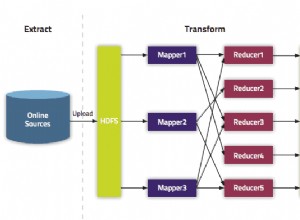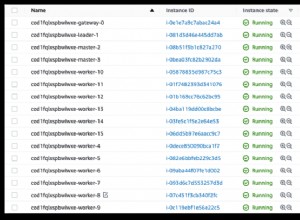Você pode fazer isso com a estrutura de agregação, embora não seja fácil. O problema está em não haver um
$in operador como parte da estrutura de agregação. Então você tem que combinar programaticamente cada um dos itens na matriz, o que fica muito confuso. editar :reordenado para que a correspondência seja a primeira, caso $in ajuda a filtrar uma boa parte. db.test.aggregate(
{$match:{"array.1":{$in:[100, 140,80]}}}, // filter to the ones that match
{$unwind:"$array.1"}, // unwinds the array so we can match the items individually
{$group: { // groups the array back, but adds a count for the number of matches
_id:"$_id",
matches:{
$sum:{
$cond:[
{$eq:["$array.1", 100]},
1,
{$cond:[
{$eq:["$array.1", 140]},
1,
{$cond:[
{$eq:["$array.1", 80]},
1,
0
]
}
]
}
]
}
},
item:{$first:"$array.item"},
"1":{$push:"$array.1"}
}
},
{$sort:{matches:-1}}, // sorts by the number of matches descending
{$project:{matches:1, array:{item:"$item", 1:"$1"}}} // rebuilds the original structure
);
saídas:
{
"result" : [
{
"_id" : ObjectId("50614c02162d92b4fbfa4448"),
"matches" : 2,
"array" : {
"item" : 3,
"1" : [
100,
90,
140
]
}
},
{
"_id" : ObjectId("50614bb2162d92b4fbfa4446"),
"matches" : 1,
"array" : {
"item" : 1,
"1" : [
100,
130,
255
]
}
}
],
"ok" : 1
}
Você pode deixar as
matches campo fora do resultado se você deixá-lo fora do $project no final. 



